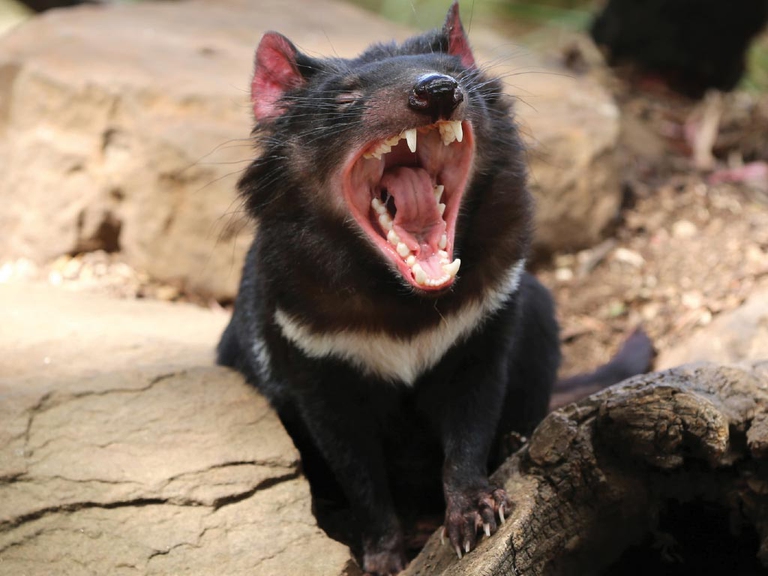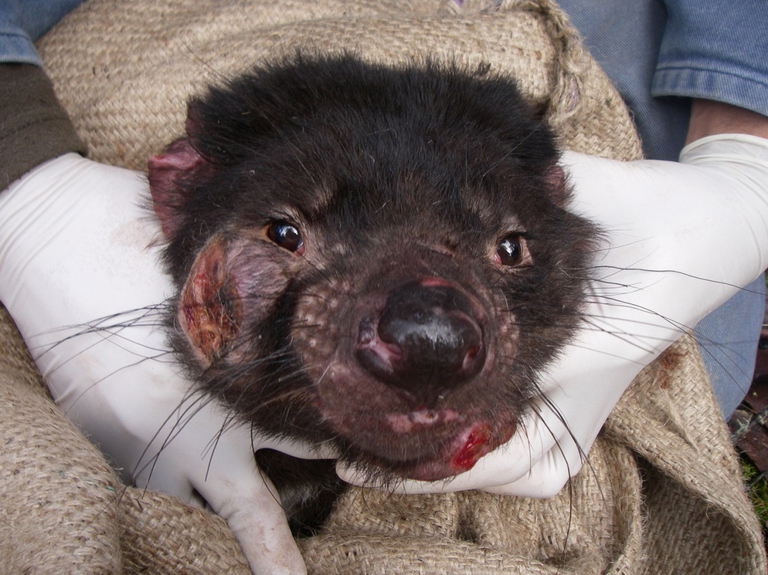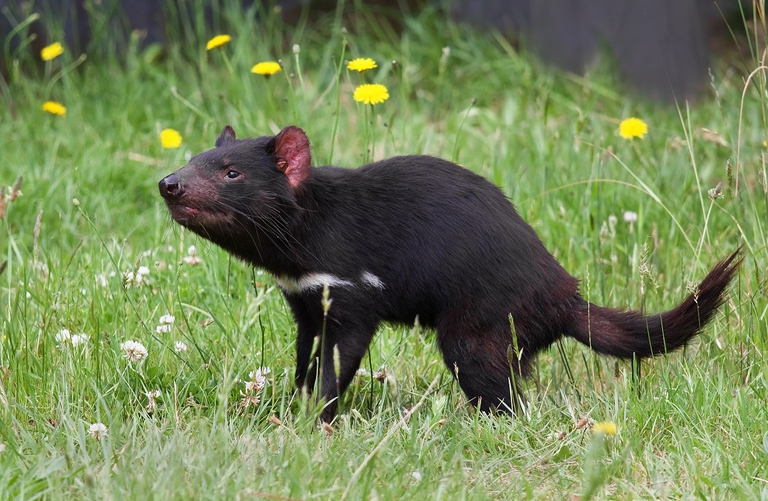
Refusing the anthropocentric vision and respecting the laws of ecology is the only way to safeguard the future of our and all other species, Sea Shepherd President Paul Watson argues in this op-ed.
Secondo un nuovo studio il diavolo della Tasmania avrebbe sviluppato una resistenza al tumore facciale che sta portando la specie verso l’estinzione.
The Tasmanian devil (Sarcophilus harrisii), which is the largest carnivorous marsupial that survived in the Australian continent after the appearance of the Homo sapiens, seemed to be doomed to extinction. This animal, named after its fierce temperament while hunting and mating, is threatened by a deadly disease that has decimated the population over just a few years: the devil facial tumour disease (DFTD). Fortunately, however, something is changing. It turns out that nature is helping these animals in evolving a genetic resistance to the contagious cancer.
The devil facial tumour disease has been first diagnosed in 1996 and is an extremely contagious cancer that has a 100 per cent mortality rate. The cancer is transmittable through mating, bites, or the consumption of a prey that has previously been infected.
Nearly 80 per cent of the Tasmanian devils died because of the disease, but the latest findings give a glimpse of hope for the future of these ancient mammals. According to a study published in Nature Communications, some individuals have started to evolve a resistance to the disease. Andrew Storfer, geneticist at the Washington State University and lead author of the study, has examined the DNA of almost 300 individuals to understand why a number of devils are immune to the facial tumour. Storfer and his team have identified two genomic regions in which changes are taking place and found them related to immune functions.
These genetic mutations have taken place rapidly, over just 4-6 generations. According to researchers, who have been working to save Tasmanian devils for over 20 years, the individuals resistant to the cancer have transmitted the DNA to their cubs, which are immune as well. These young, resistant devils could be the future of the species and allow the Tasmanian devils keep howling at the moon.
Siamo anche su WhatsApp. Segui il canale ufficiale LifeGate per restare aggiornata, aggiornato sulle ultime notizie e sulle nostre attività.
![]()
Quest'opera è distribuita con Licenza Creative Commons Attribuzione - Non commerciale - Non opere derivate 4.0 Internazionale.
Refusing the anthropocentric vision and respecting the laws of ecology is the only way to safeguard the future of our and all other species, Sea Shepherd President Paul Watson argues in this op-ed.
Once a year on Christmas Island something incredible happens: millions of crabs cross the whole island to reach the ocean, where they drop their eggs.
Oil isn’t attractive anymore. The coral reef and the ocean are worth more protecting instead. This is the historic decision made by Belize, small Central American country on the border with Mexico and Guatemala that has banned all future oil explorations within its territorial water in order to protect its great barrier reef. The Belize
Japan is the first country to experiment mining deep-sea hydrothermal vents. These hostile yet unique habitats are rich in life and precious minerals, leading to interest in both researching and mining them.
Climate change is the direct consequence of global warming. Here’s everything you need to know about the causes and effects of one of the biggest threats facing our time.
Veri e propri paradisi in terra. Riserve protette per gli ultimi esemplari di specie in via d’estinzione. Grazie all’ecoturismo è possibile proteggerli.
According to Mother Nature Network, these are the top 10 extraordinary places to visit before they vanish, as they’re threatened by desertification, sea level rise and extreme weather events caused by climate change. Glacier National Park, United States The Glacier National Park, Montana, United States. About 100 years ago, the park was home to 150 glaciers. Now there are only 27
Chasing Coral is a Netflix documentary on coral reefs. Over the past 30 years half the world’s corals have gone forever, but the hope of saving these extraordinary animals is still alive. This is why everyone should watch it.
Indian coal giant Adani’s Carmichael project, worth 16.5 billion Australian dollars, in the Galilee basin in Queensland is projected to be the largest mine in Australia and one of the largest in the world. After an international campaign to block it, Gautam Adani, the Indian billionaire founder of the conglomerate of the same name, announced










